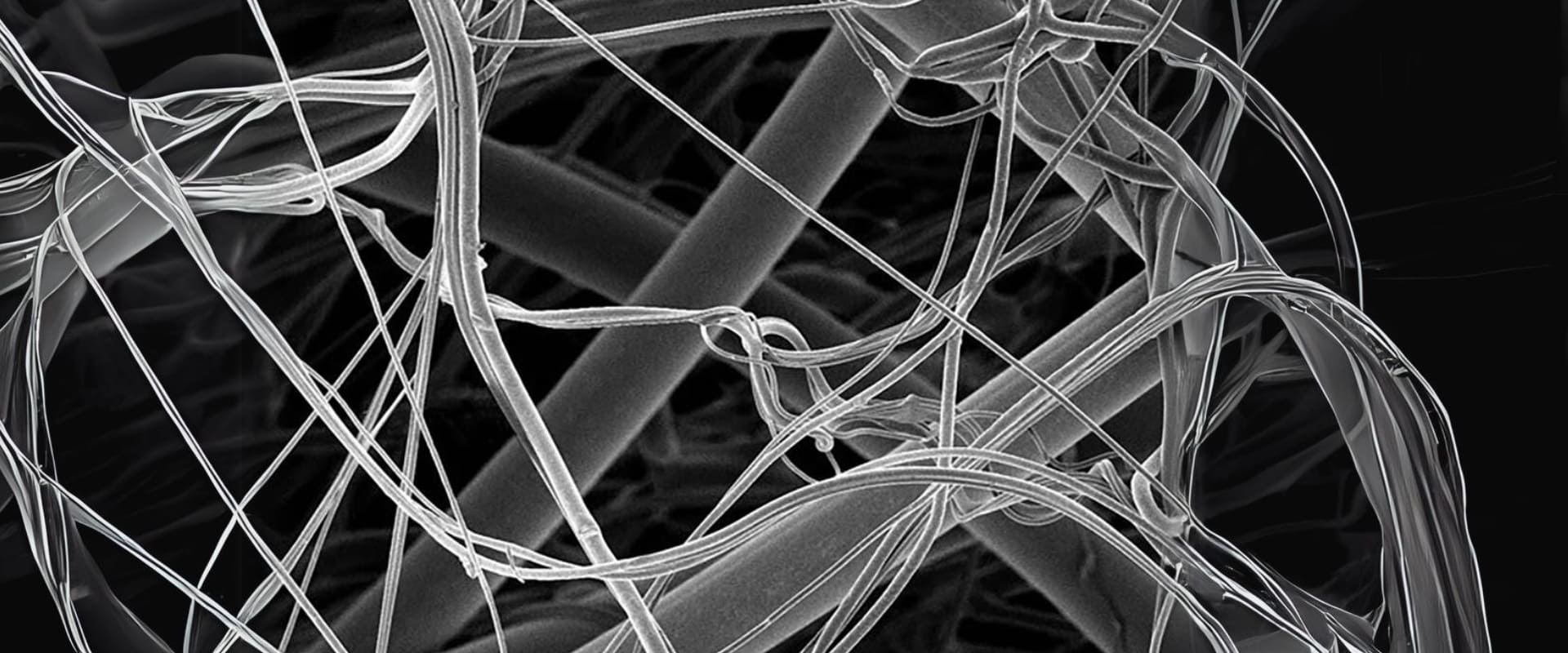Abstract
The severe health impacts of air pollution and the unique role of fibrous filters in combating sub-micrometer particles. While non-woven materials excel with larger particles, the intricately designed structure of fibrous filters efficiently captures and retains smaller particles, addressing respiratory and cardiovascular complications. These versatile filters contribute significantly to improving indoor air quality across various settings, showcasing a commitment to comprehensive filtration and prioritizing the well-being of individuals in the global fight against air pollution.
Blog
The deleterious impacts of air pollution on human health are unequivocal, manifesting in a range of severe medical conditions, including tuberculosis (TB), allergies, asthma, and various respiratory diseases. The insidious nature of this environmental threat lies in the inhalation of particulate matter within a specific size range, typically spanning 0.01 to 100 micrometers. These airborne particles, once inhaled, find their insidious resting places within the respiratory tract, initiating a cascade of health issues that can have long-lasting consequences.
While non-woven materials have proven highly effective in filtration applications, boasting commendable efficiencies in trapping particles, their effectiveness tends to be confined to larger, micron-sized particles. The challenge arises when dealing with nano-sized particles, which fall within the sub-micrometer range. It is precisely in this realm that fibrous filters emerge as instrumental allies in the battle against airborne pollutants, offering a unique and efficient solution for the removal of sub-micrometer particles from the air.
The distinctive efficacy of fibrous filters lies in their ability to adeptly capture and retain sub-micrometer particles, a task that poses considerable challenges to other filtration materials. The fibrous structure, intricately designed and engineered, provides an extensive surface area with countless interwoven fibers. As air laden with sub-micrometer particles passes through the filter, these fibers act as a sophisticated net, efficiently trapping and immobilizing the tiny particles.
The application of fibrous filters in air purification systems is particularly advantageous when addressing pollutants that pose specific health risks due to their small size. Sub-micrometer particles, often overlooked in conventional filtration processes, have been linked to various adverse health effects, including respiratory and cardiovascular complications. The ability of fibrous filters to effectively capture these diminutive particles contributes significantly to the improvement of indoor air quality and, consequently, the mitigation of associated health risks.
Furthermore, the versatility of fibrous filters extends to various settings, from industrial environments to residential spaces. Their adaptability in removing sub-micrometer particles makes them valuable assets in safeguarding the well-being of individuals across diverse settings. The deployment of fibrous filters in air purification systems underscores a commitment to comprehensive and effective filtration, addressing the entire spectrum of airborne contaminants and prioritizing the health of occupants.
In conclusion, the global battle against air pollution necessitates innovative solutions that can contend with particles of varying sizes, especially those in the sub-micrometer range. Fibrous filters stand out as formidable contributors to this fight, offering a robust defense against the health risks associated with nano-sized particles. As our understanding of the intricate interplay between air quality and human health advances, fibrous filters continue to play a pivotal role in creating environments that prioritize respiratory health and overall well-being.



